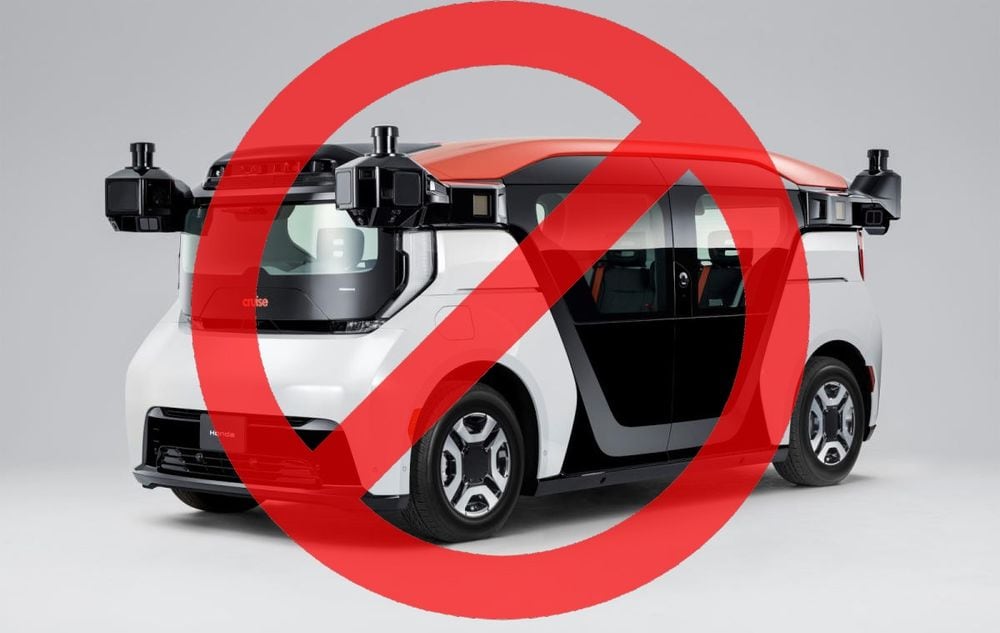Remember the Cruise Origin? A funky-looking autonomous pod with no steering wheel or pedals that was to be GM’s robotaxi? Well, that plan has been dropped for now. After setbacks at Cruise, GM’s self-driving vehicle arm, the automaker has decided to wait for the new Chevrolet Bolt to launch in 2025 and use the small electric crossover as its robotaxi instead.
For years the plan was to make the purpose-built Cruise Origin at Factory Zero, the GM plant in Detroit-Hamtramck that makes other electric vehicles like the GMC Hummer EV. The Origin was jointly developed by GM, Cruise, and Honda. It is a boxy, six-passenger ride-sharing van with big sliding doors that open from the center like a tram, and a low load floor.
However, Cruise had to take a giant step back after one of its test vehicles dragged a pedestrian in San Francisco last October, leading to California suspending its self-driving license. Consequently, Cruise paused testing and shortly after announced it was halting production of the Origin after building a small fleet of pre-production vehicles. The move resulted in a $600 million financial hit, and Cruise’s operations became the subject of an investigation, resulting in executive changes.
Nonetheless, modified Bolt test vehicles are now back on the road with supervised driving in Houston, Phoenix, and Dallas. A new CEO was appointed, and the Origin may be finished.
Chevy Bolt Has Better Chance of Meeting Regulations
During a call with investors to discuss GM’s second-quarter earnings, GM chairman and CEO Mary Barra stated that using the next-generation Bolt EV makes more sense than launching with the unique Origin. It will be easier to reach scale, which brings down the cost. Moreover, it should be easier to meet regulatory standards than the Origin which lacks manual control hardware for a driver to take over. Getting authorization to use the Origin has been difficult, which was limiting Cruise’s rollout. “We got rid of that risk,” Barra expressed.
The more conventional shape could better appeal to riders. The original Bolt EV, which was discontinued last year, had been fitted with driverless technology and used as a test vehicle for Cruise, racking up 5 million miles. The next Bolt will be a more efficient and advanced EV and should be better able to get regulatory approvals.
New Safety Targets for Cruise Robotaxi
Barra asserts that the commitment of GM and Cruise to autonomous vehicles has not changed. The team at Cruise continues to build an AI platform aimed at making its robotaxis safer than a model driver, not just better than the average human driver. This goal requires even more advanced technology.
It was back in February 2022 that Cruise sought permission from U.S. regulators to deploy a fleet of up to 2,500 self-driving vehicles annually. Because they are driven by computers, they would not have steering wheels, gas or brake pedals, mirrors, turn signals, or windshield wipers. GM envisions its robotaxi fleet as a promising source of future revenue.
Barra remains confident that Cruise is on the right path and indicated that the division is also open to partners and investors, garnering significant outside interest.




